PODCAST A history of the comic book industry in New York City, how the energy and diversity of the city influenced the burgeoning medium in the 1930s and 40s and how New York’s history reflects out from the origins of its most popular characters.
In the 1890s a newspaper rivalry between William Randolph Hearst and Joseph Pulitzer helped bring about the birth of the comic strip and, a few decades later, the comic book.
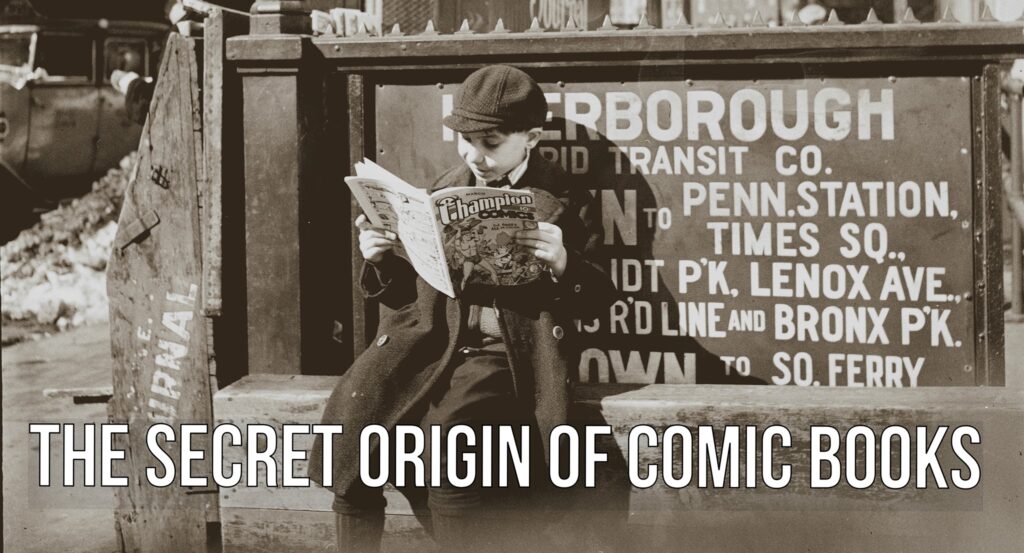
Today, comic book superheroes are bigger than ever — in blockbuster summer movies and television shows — and most of them still have an inseparable bond with New York City.
What’s Spider-Man without a tall building from which to swing? But not only are the comics often set here; the creators were often born here too.
Many of the greatest writers and artists actually came from Jewish communities in the Lower East Side, Brooklyn or the Bronx.
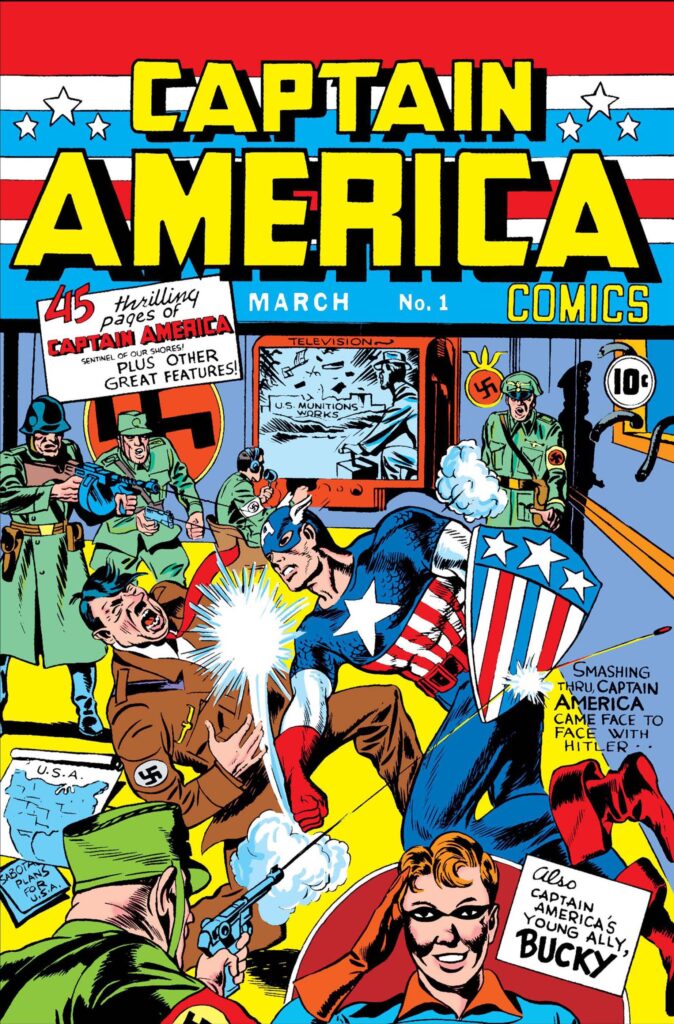
For many decades, nearly all of America’s comic books were produced here. Unfortunately that meant they were in certain danger of being eliminated entirely during a 1950s witch hunt by a crusading psychiatrist from Bellevue Hospital named Frederic Wertham.
WITH a special chat with comics historian Peter Sanderson about the unique New York City connections of Marvel Comics’ most famous characters. Sanderson is the author of The Marvel Comics Guide to New York City and The Marvel Encyclopedia.
FEATURING: The Yellow Kid, Little Orphan Annie, Batman, Doctor Strange, the Watchmen and the Teenage Mutant Ninja Turtles!
To get this week’s episode, download it for free from your preferred podcast player.
Or listen to it straight from here:
AND after you’re done listening to this history on comic books in New York City, check out Greg’s appearance on an episode of This Week In Marvel, the official Marvel Comics podcast hosted by Ryan “Agent M” Penagos, James Monroe Iglehart, and Lorraine Cink.
In this episode, Greg actually speaks about the Bowery Boys episode about comics and shares his own experiences with reading comic books as a kid.
Find this show here or on your favorite podcast player.
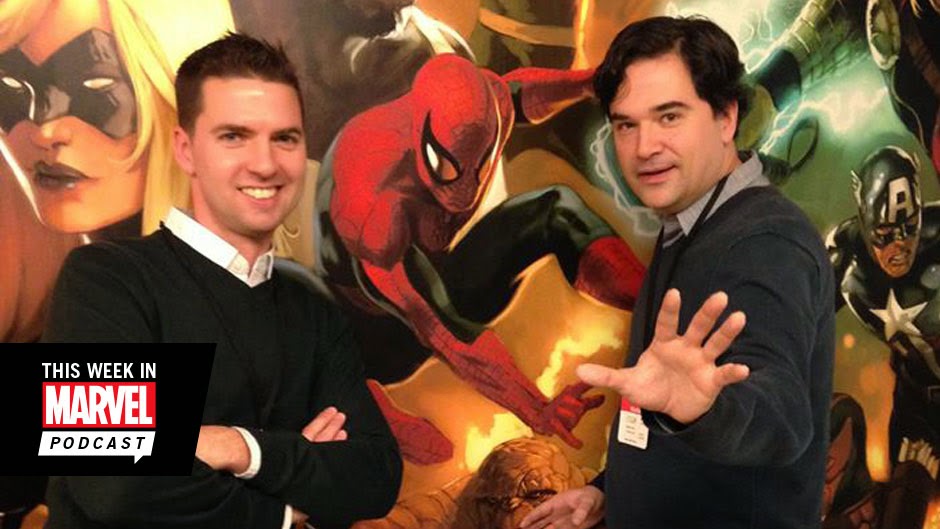
__________________________________________________________
The Bowery Boys: New York City History podcast is brought to you …. by you!
We are now producing a new Bowery Boys podcast every two weeks. We’re also looking to improve the show in other ways and expand in other ways as well — through publishing, social media, live events and other forms of media. But we can only do this with your help!
We are now a member of Patreon, a patronage platform where you can support your favorite content creators for as little as a $1 a month.
Please visit our page on Patreon and watch a short video of us recording the show and talking about our expansion plans. If you’d like to help out, there are five different pledge levels (and with clever names too — Mannahatta, New Amsterdam, Five Points, Gilded Age, Jazz Age and Empire State). Check them out and consider being a sponsor.
We greatly appreciate our listeners and readers and thank you for joining us on this journey so far. And the best is yet to come!
__________________________________________________________
A young New York boy enjoys his comic book on the Bowery. Photo taken in 1940 by Andrew Herman.
And here’s the comic book he’s reading from March 1940, illustrated by George Papp.
In this 1947 photograph taken by Stanley Kubrick, a boy watches his baby sister and enjoys a Superman comic book while his mother shops inside.
An issue of DC Comics’ Superman from March 1947, with a cover by George Roussos and Jack Burnley
A girl takes a peek at some of the comic book offerings at Woolworth’s. Photograph by Stanley Kubrick taken in 1947.
An issue of More Fun Comics from June 1947, produced by DC Comics:
The Adventures of Obadiah Oldbuck, published in 1842, is considered by many to be the wellspring from which the comic medium derives. You can read the entire issue over at the Darmouth College Library website.
A Yellow Kid adventure which would have sprung out from the newspaper due to its vivid colors.

Both Hearst and Pulitzer ran versions of the Yellow Kid comic strip during the years that they were drumming up propaganda which lead to the Spanish-American War.
The unscrupulous nature of their efforts earned them the phrase ‘yellow journalism’, inspired by their war of the popular comic strip by Richard Outcault.
A section of the colorful comics section of the New York Journal, 1898.
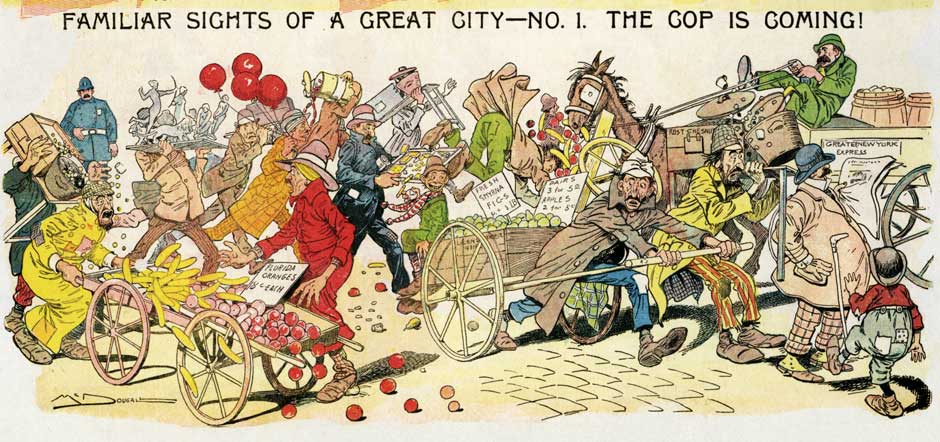
Little Orphan Annie became the biggest crossover star of the early comic strip era. Long before there was a musical, Annie starred in this 1932 melodrama, one of the earliest comic-to-movie crossovers.
New Fun Comics #1, the very first comic book to contain all new material, and not merely reprints of newspaper comic strips.
The Batman debuted in Detective Comics in 1939, created by Bob Kane and Bill Finger. The city features in these adventures was Gotham City, startlingly similar to the city outside the creators’ windows.
Gotham City, aka New York City, in 1939
Vault of Horror, one of an assortment of shocking comic books produced by EC Comics in the early 1950s. The cover art is by Johnny Craig.
Bill Gaines, publisher of EC Comics, at his offices at 225 Lafayette Street.
Dr. Fredrick Wertham, the writer of Seduction of the Innocent, who lead a charge against the comic book industry.

A young Stan Lee during the war as a member of the US Army’s Signal Corps. He even managed to do a bit of illustration for the cause!
The Thing from the Fantastic Four with the Yancy Street Gang, a variation on Delancey Street in the Lower East Side.
Doctor Strange’s Sanctum Sanctorum is located on Bleecker Street in Greenwich Village
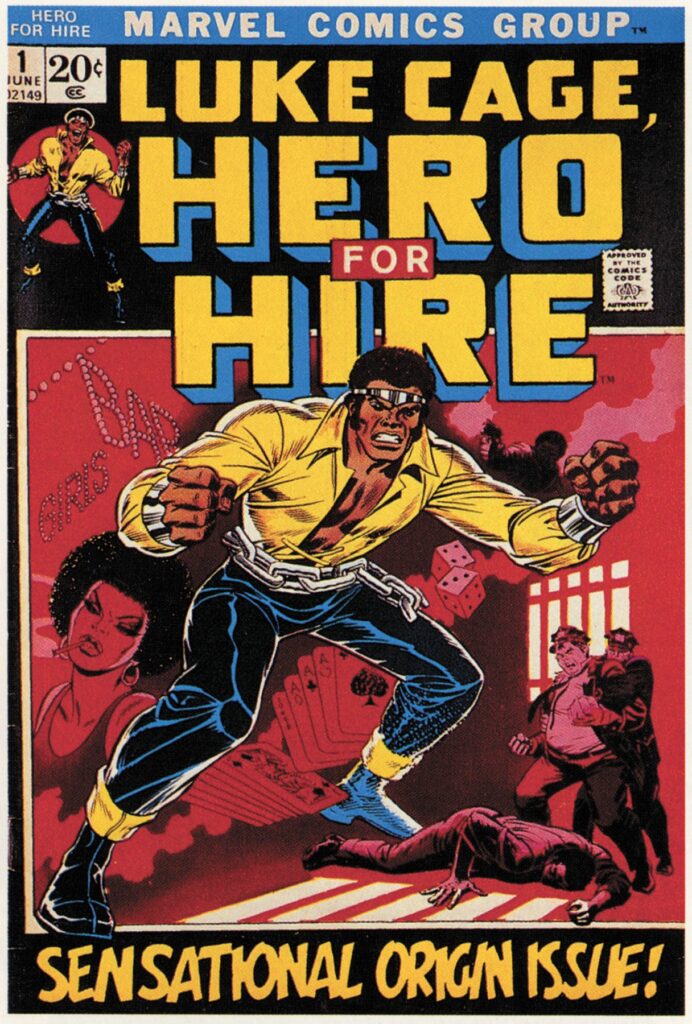
What would Spider-Man be without New York City? The image of the Brooklyn Bridge (called the George Washington Bridge in the story) is featured in a classic tale involving the death of his girlfriend Gwen Stacey, written by Gerry Conway and drawn by Gil Kane, John Romita and Tony Mortellaro.
And — oddly enough — Staten Island in the world of Marvel Comics has become Monster Island, ruled by Deadpool. Yes, Deadpool. Haven’t they suffered enough? (Check here for more information.)
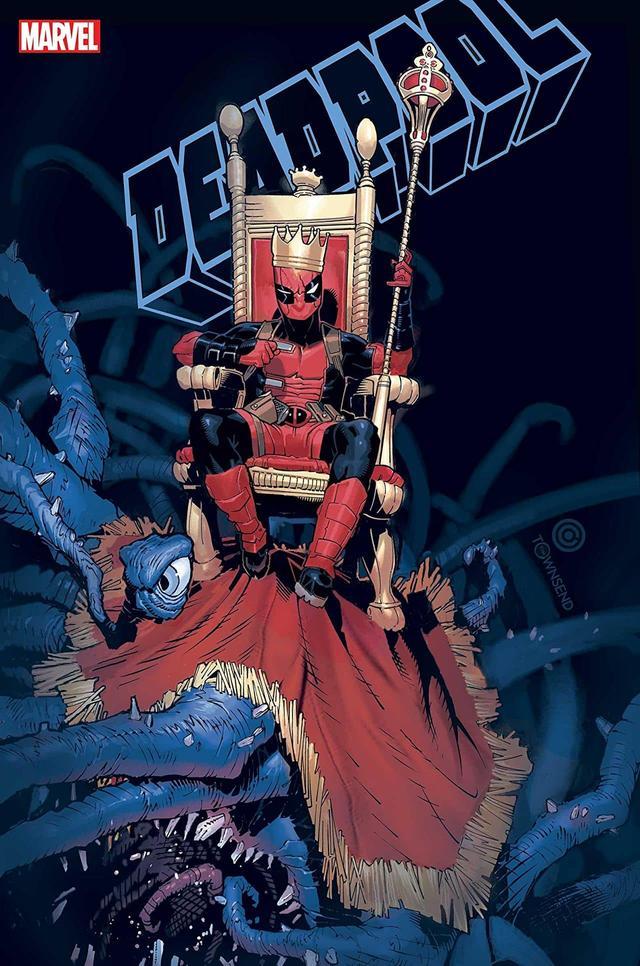
A page from Maus by Art Spiegelman, the graphic novel that brought the medium to a new level of respectability in literary circles.
The comic book/graphic novel continues to evolve and reach new heights of success and respectability. Roz Chast’s Can’t We Talk About Something More Pleasant, published last year, won the National Book Critics Circle Award for best autobiography.
The Avengers defended New York during an alien attack in their blockbuster film in 2012
All images on this website are owned by the original comic book companies which produced them. Â Please see individual companies for more information.
RECOMMENDED READING:
If you’re into digging more into this subject, here are a few sources that I used for this podcast:
Jews and American Comics: An Illustrated History of An American Art Form, with written contributions by Paul Buhle
The Ten-Cent Plague: The Great Comic-Book Scare and How It Changed America by David Hadju
Men of Tomorrow: Geeks, Gangster and the Birth of the Comic Book by Gerard Jones
Comic Book Century: Â The History of American Comic Books by Stephen Krensky
Tales to Astonish: Jack Kirby, Stan Lee, and the American Comic Book Revolution by Ronin Ro
The Marvel Comics Guide to New York City by Peter Sanderson

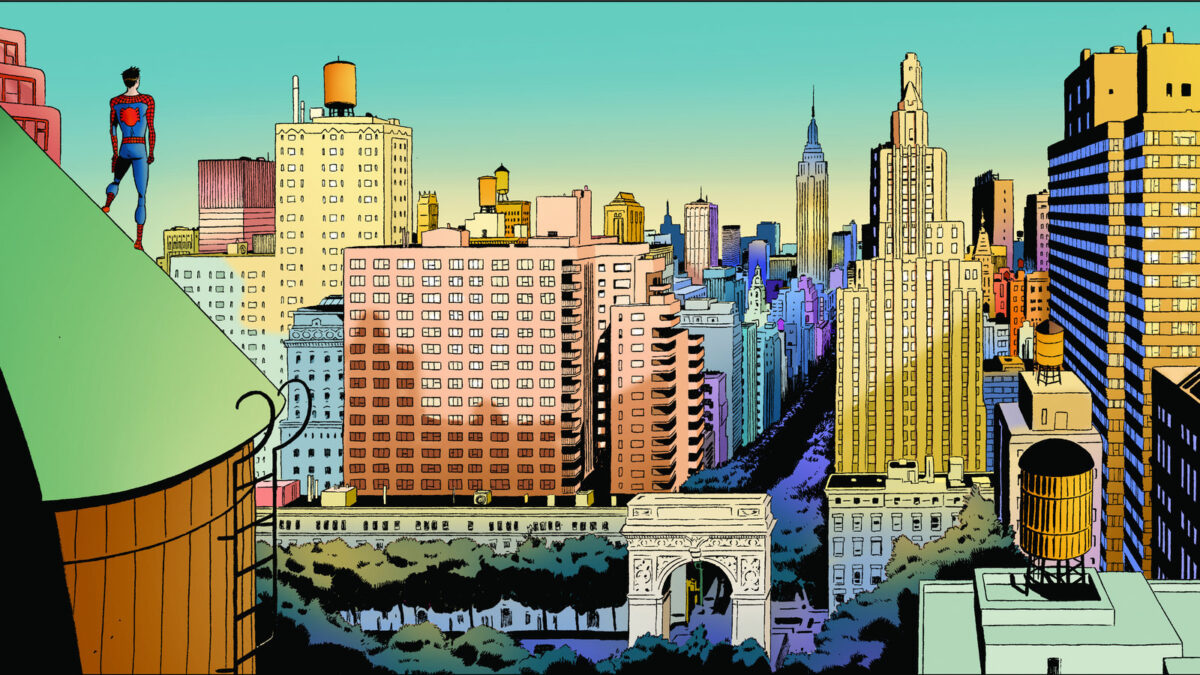
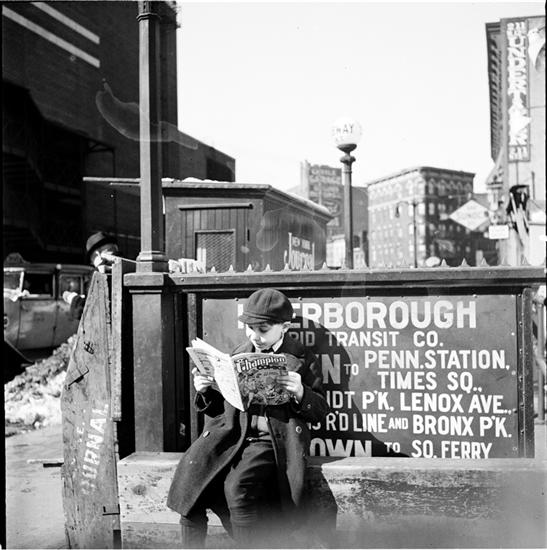
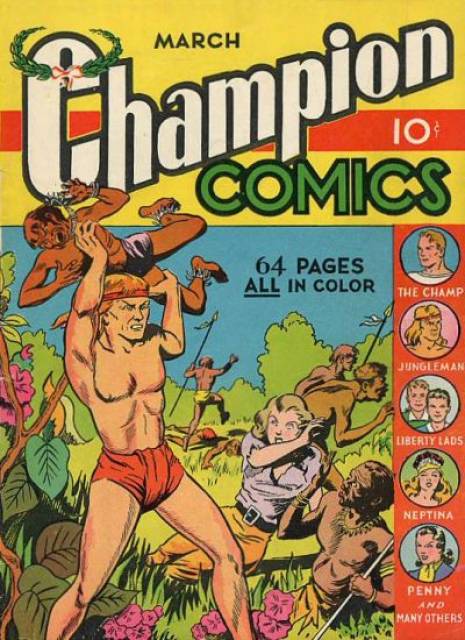
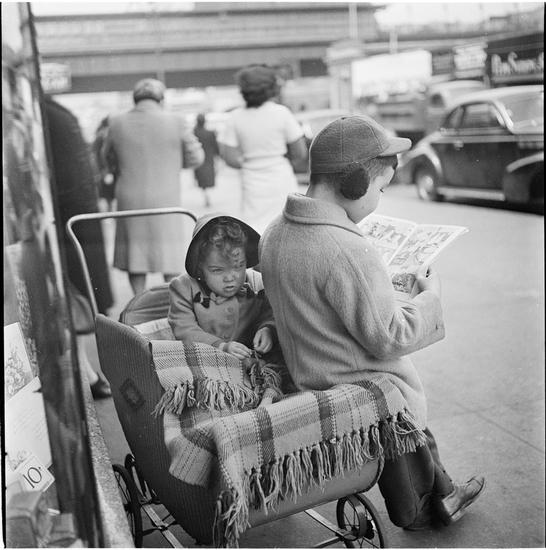

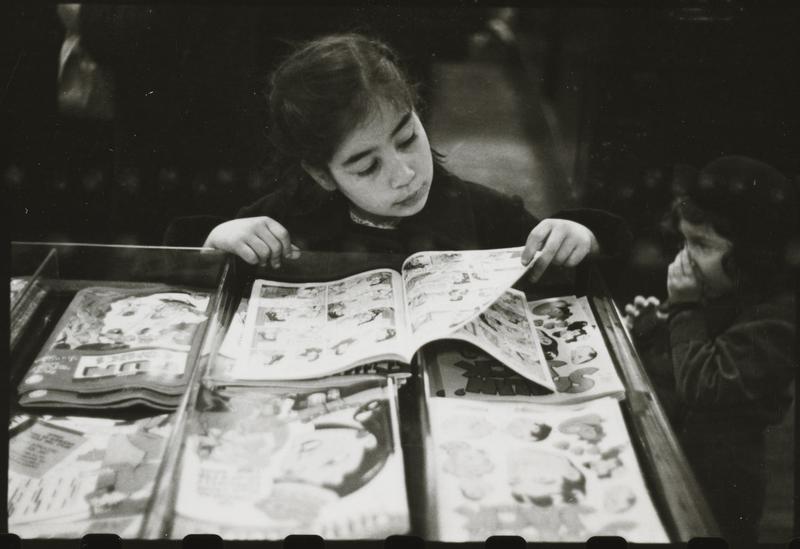
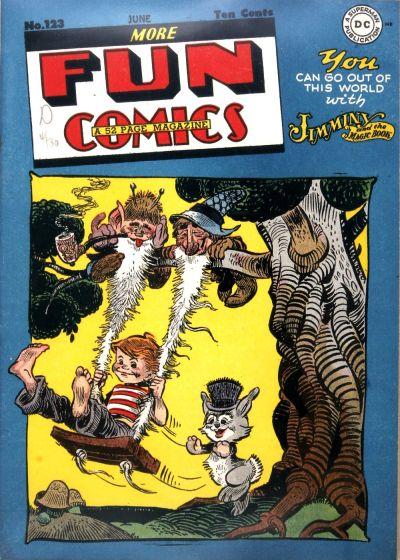
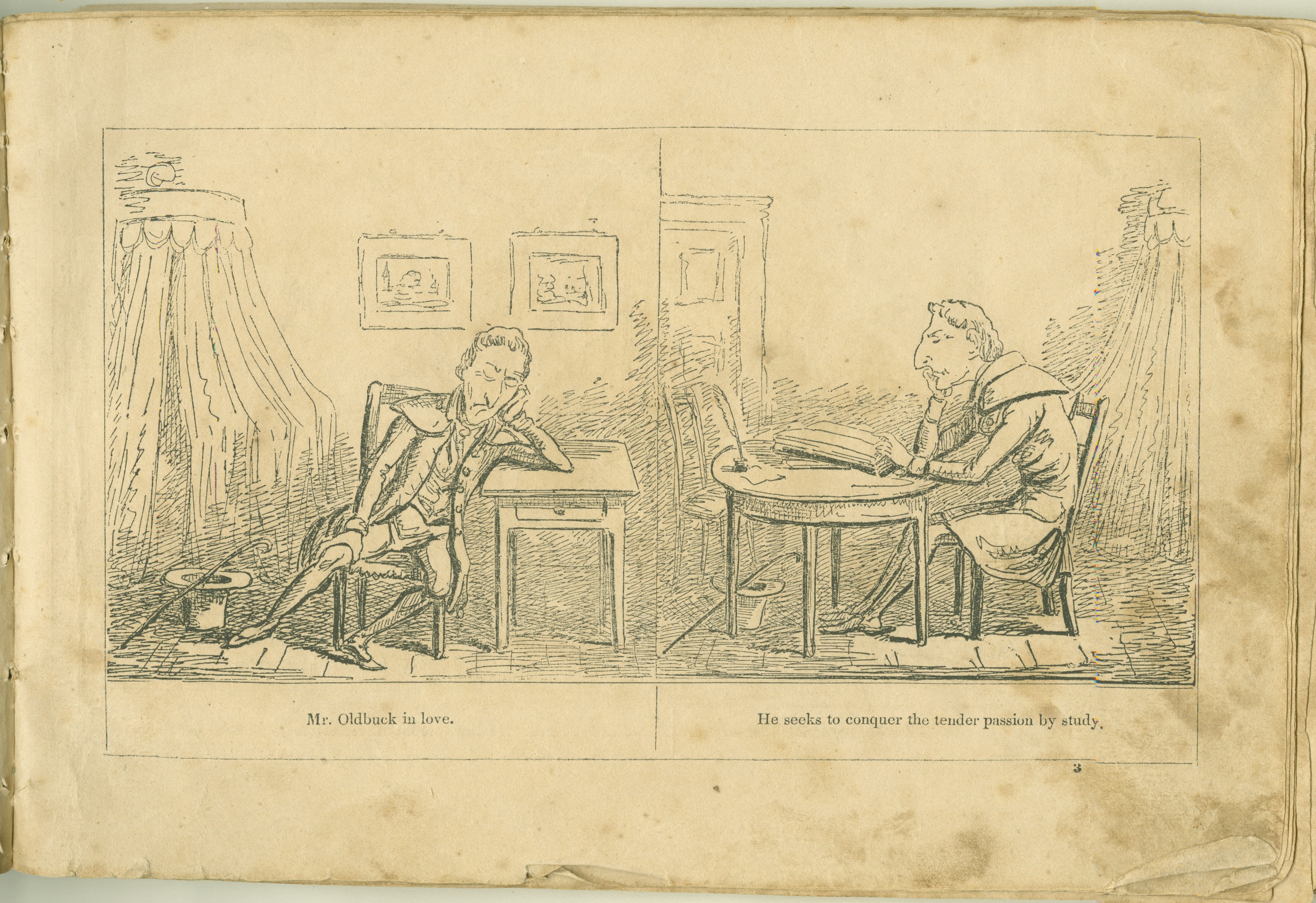






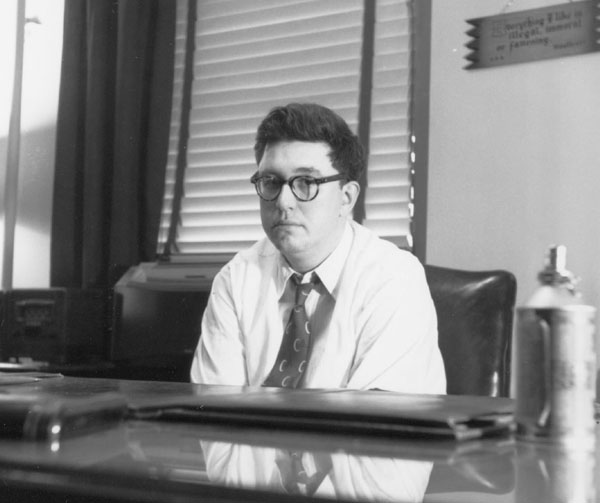
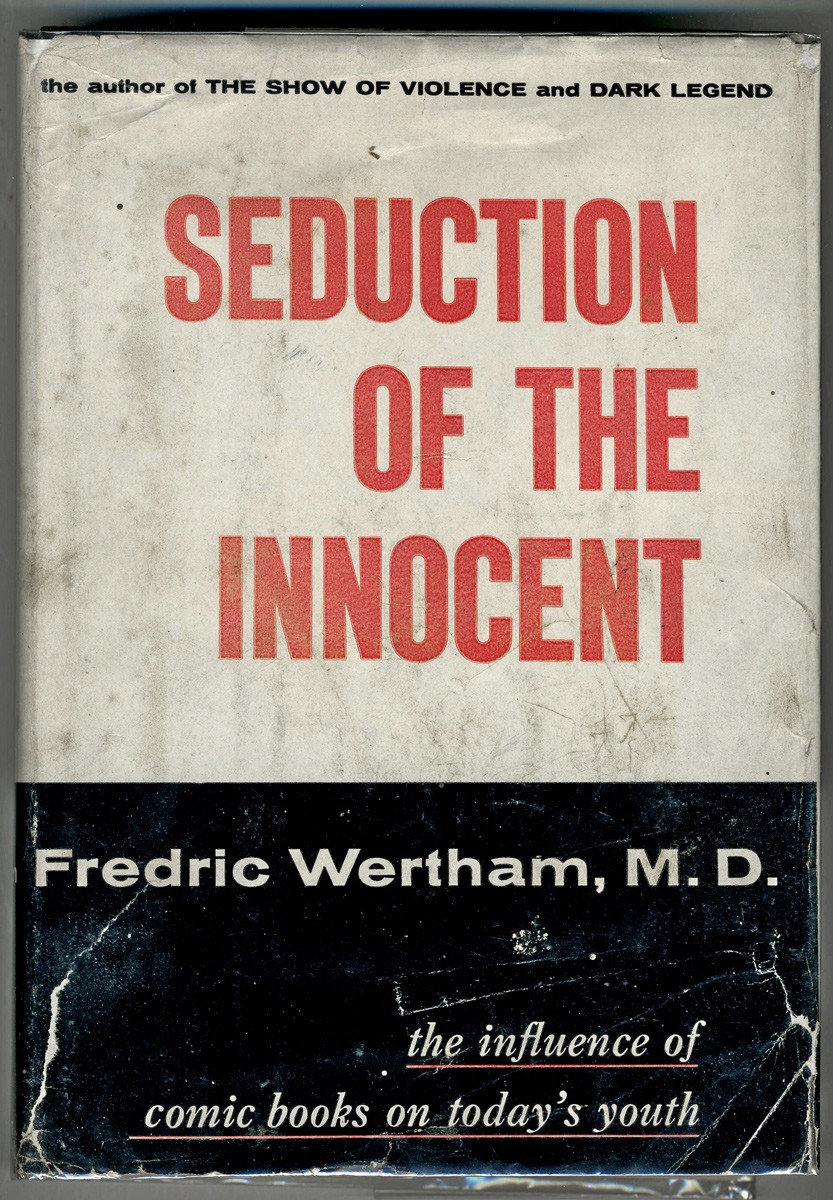
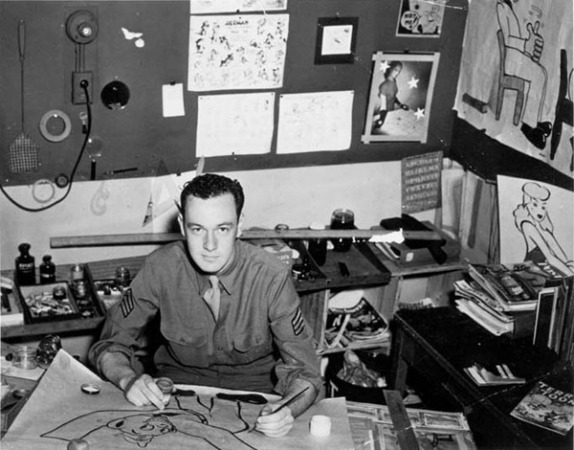



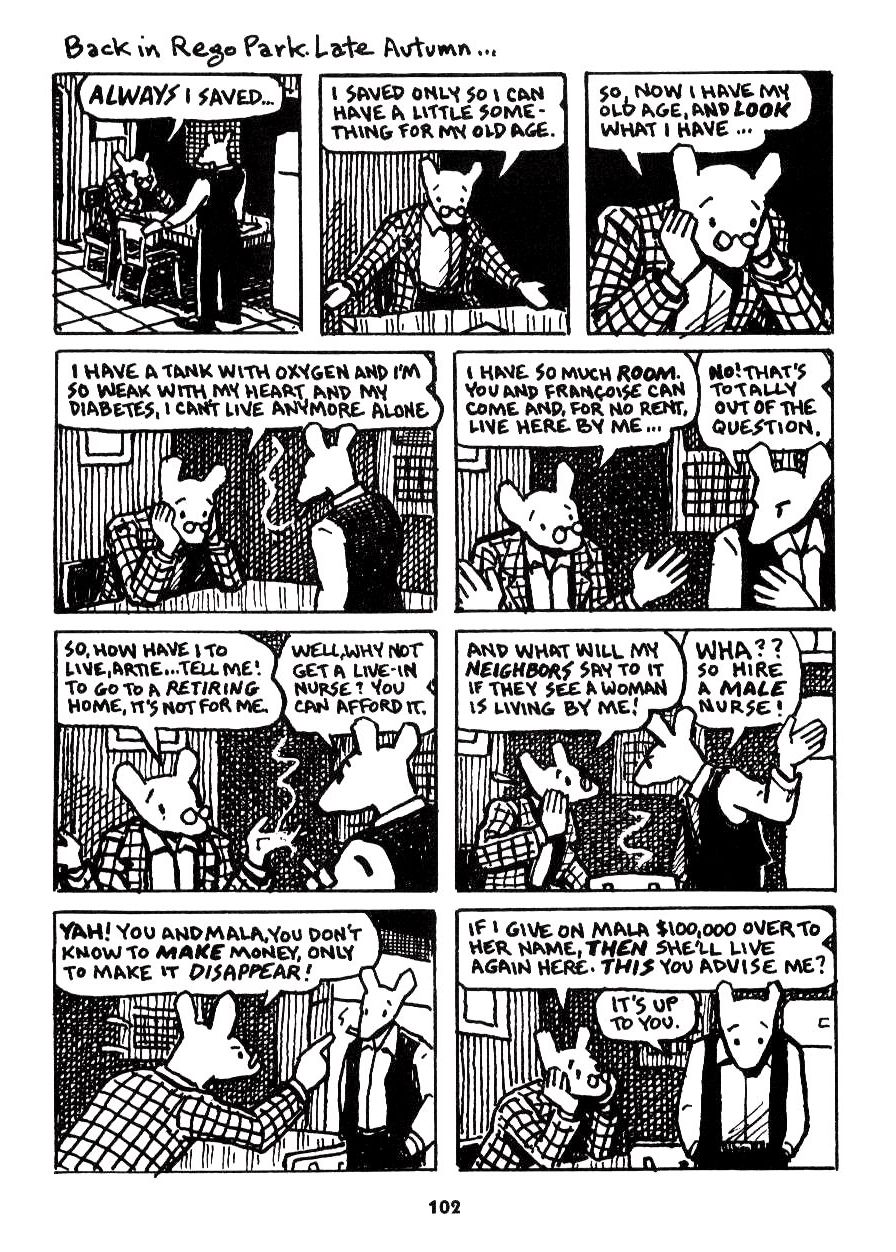
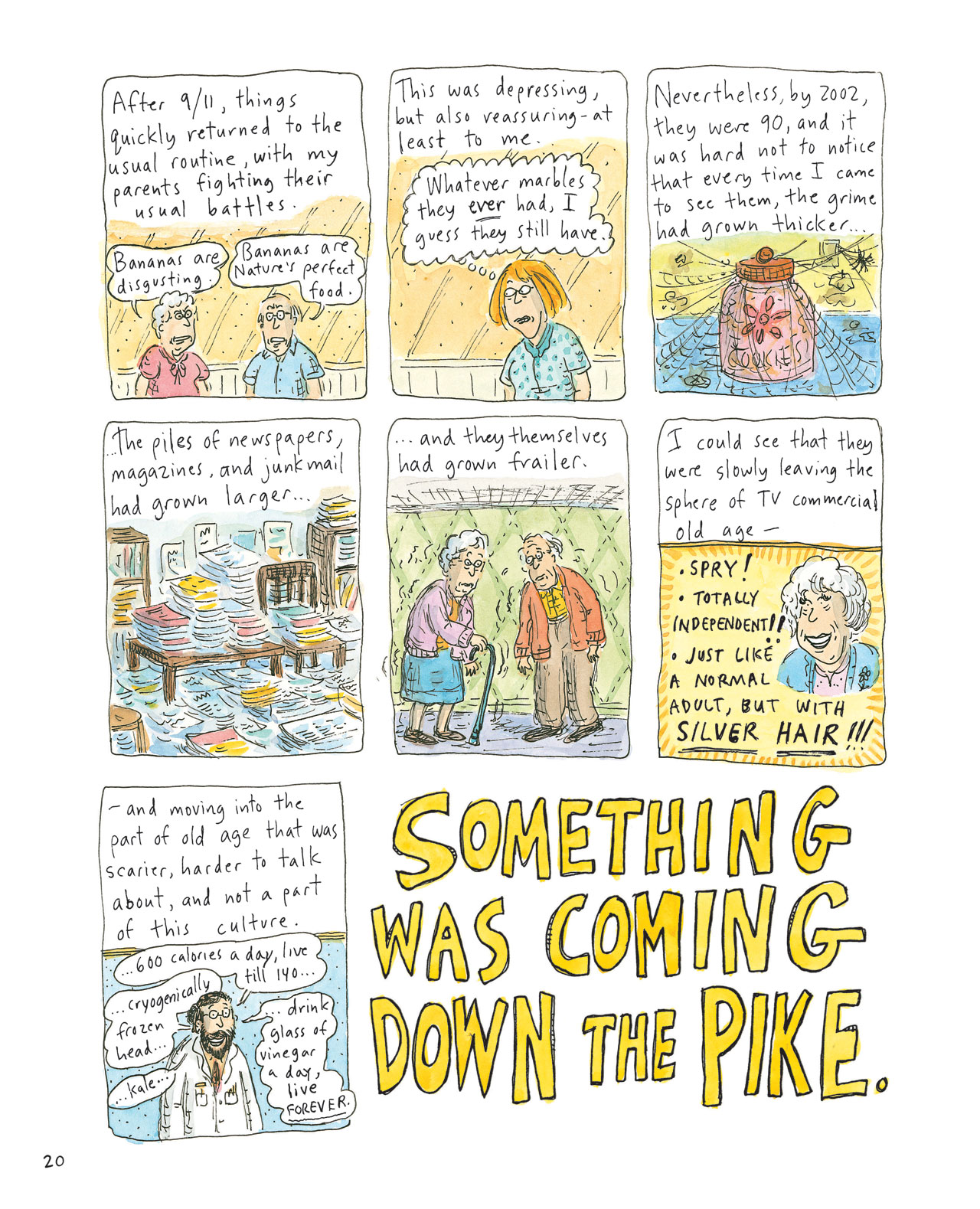
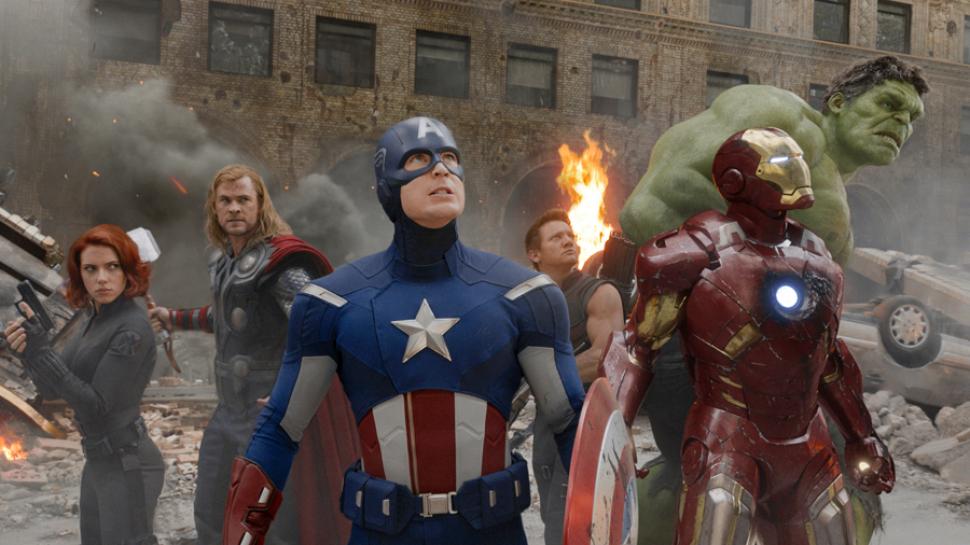
12 replies on “Super City: The Secret Origin of Comic Books”
wow – these illustrations alone will keep me busy for a while. Thanks!
This is my favorite episode so far! And thanks for adding in all of the visuals especially showing the cover of the comic book that the boy is reading in the Bowery back in 1940. I would have searched for the image of the comic but you beat me to it. Amazing job!
At a charity auction, I bought a non-circulated copy of Spiderman, issue 34 signed by Stan Lee. My 17 year old nephew is a true Spiderman fan, and I was so lucky to find this treasure. He has it framed in a special box. Thanks for the podcast. I sent a link to my nephew.
Just an interesting factoid. The 1970’s animated series SUPER FRIENDS with the JUSTICE LEAGUE.. the Hall of Justice was modeled after the Art Deco train station UNION TERMINAL in Cincinnati, Ohio …
https://en.wikipedia.org/wiki/Hall_of_Justice_(comics)
(we also have the prototype for the Brooklyn Bridge .. the John Roebling Suspension Bridge…)
One other thing you forgot (maybe deliberately?) is the KISS comic book. I mean KISS is in my mind a definitive New York band and they broke a weird boundary with being a Rock group into Comic book format. Maybe that was a bit hokey for some.. but it was kind of cool. I had a copy and I remember the huge PR stunt with the actual blood they put in the ink (supposedly) and they ended up having 2 comics that I remember and that I believe was put out by Marvel and had all the Marvel characters like the Fantastic 4.. I really wish I had that one still but I was a kid and I didn’t understand or care at the time about Comic book value.. sigh..
I think later I found one in a comic book store for around 80 bucks that was in the 90s?
Ah! I had that as a kid. There’s a slight chance I might have it somewhere in a box. I wonder how blood-infused ink ages? (GY)
[…] disembodied, Bronx-inflected voice that inspired awe and comfort on Saturday mornings was, for me, the voice of New York. Anybody who talked like that had to be the coolest person on […]
[…] And you can listen to episode #187 of the Bowery Boys, Super City: New York and the History of Comic Books. […]
Is anyone able to explain the background and context behind the “Familiar Sights of a Great City” comic?
[…] PODCAST A history of the comic book industry in New York City, how the energy and diversity of the city influenced the burgeoning medium in the 1930s and 40s and how New York’s history reflects out from the origins of its most popular characters. […]
[…] PODCAST A history of the comic book industry in New York City, how the energy and diversity of the city influenced the burgeoning medium in the 1930s and 40s and how New York’s history reflects out from the origins of its most popular characters. […]
[…] & Additional ReadingThe Bowery Boys – Spidey in NYC & The Secret Origins of Comic BooksMarvel’s Podcast “This Week In Marvel” feat. Greg Young about the History of […]